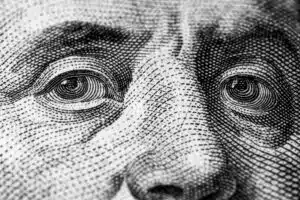Technology can produce three-dimensional food from both edible synthetic and natural ingredients. The challenge is to make them palatable and cost-effective.
NASA conducted the first research into food printing back in 2006 with the idea of being able to feed astronauts on long space journeys. Seven years later, NASA succeeded in printing the world’s first 3D food, a 30cm pizza. Pizza was the perfect choice for printing as its flat cylindrical shape can be produced in layers. 3D printed food technology has come a long way since then and, so far, has succeeded in printing steak, fish, sponge cake, and even wagyu beef. But one thing is the technical achievement, quite another, of course, is the taste and appearance of the finished product, and not least the matter of whether or not it is a financially viable process. For now, at least, it is not. When we think of 3D printing technology, its typical applications come to mind, such as reproducing prototypes, industrial components, prosthetic limbs, and even houses. 3D printers work by building up the volume of an object through layers, also known as additive manufacturing.
Food 3D printers “read” information from a 3D blue print, and using this information the device extrudes material through a nozzle onto a plate following a pre-programmed sequence to give it shape and form. In food 3D printing, these programs are replaced by digital recipes using edible materials instead of the resins or plastics used in industry. Although 3D food printing is still in its infancy, several companies are forging ahead with this technology. In Spain, for example, Cocuus Systema Ibérica is capable of bioprinting chops, ribs and fish from synthetic meat. To date, just three companies are selling professional-grade 3D food printers. 3D Systems focuses on confectionery; Foodini, from Natural Machines (Barcelona), recreates different textures from various foodstuffs; and similarly, BeeHex (NASA’s original 3D pizza makers) offer their Chef 3D printer. Much like the modern capsule coffee machines, aspiring manufacturers are working on innovating food cartridges, or capsules, which can be used in 3D food printers. This technology will lead to no end of possibilities for creating personalised dishes with nutrients and calories carefully planned to suit individual requirements. 3D printers do not cook the food by applying the different cooking times required for each ingredient that makes up a complex dish. Consequently they are limited to simple foods, which have to be prepared in advance and cooked once printed. Another downside, for the moment, is the time/cost ratio. This technology is well-suited to producing a one-off special or a few units. However, it is relatively slow and complex for repetitive, large-scale production, making it very costly.




